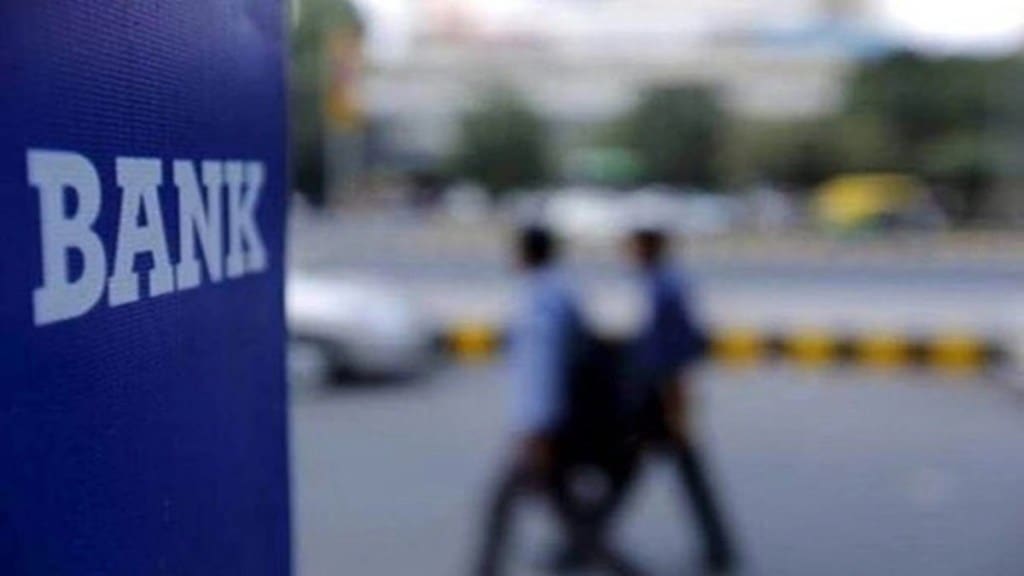The government may ask prominent regional rural banks to adopt reforms agenda meant for state-run commercial banks under the so-called EASE (Enhanced Access and Service Excellence) programme or a similar initiative to bolster their core banking.
This could be a part of the finance ministry’s broader efforts to further strengthen the RRBs in a time-bound manner to bring them on a par with commercial lenders in at least some key parametres, given their crucial role in boosting credit flow in rural India.
The department of financial services (DFS) recently organised a workshop on governance and operational reforms in RRBs, an official source told FE. Banking sources said while it could be tough for RRBs to implement, in the short term, the EASE reforms, it should be a gradual exercise. “There has to be a beginning. RRB modernisation is the need of the hour,” said a senior banker.
Also Read: Personal data breach: Most point fingers at financial institutions
Under the revamped version of the EASE initiative, launched by finance minister Nirmala Sitharaman in June, each public-sector bank will have to firm up a three-year road map based on its business priorities. EASENext, the latest and revamped version, has two components: EASE 5.0, which is a common reforms agenda for all PSBs, and a bank-specific medium-term action plan. The common reforms agenda includes the need to invest in new-age capabilities and deepen the on-going reforms to respond to evolving customer needs, changing competition and the technology environment.
In recent months, the finance ministry has stepped up focus on modernising the RRBs. In July, the finance minister asked the DFS and sponsor banks to formulate a clear road map to further bolster them. The Indian Banks Association (IBA) was asked to take the initiative to ensure technological advancements at RRBs, which is a key prerequisite to modernising them.
Subsequently, the finance ministry stipulated that RRBs would be eligible to list on the bourses and raise funds if they have net worth of at least Rs 300 crore over the previous three years and if they fulfil certain other criteria.
Currently, the country has 43 RRBs that are backed by 12 state-run banks (sponsor banks). Usually, the central government holds 50% in RRBs, while the relevant sponsor banks and state governments hold 35% and 15%, respectively.
The RRBs have 283 million depositors and 26 million borrowers. As many as 30 of the 43 RRBs collectively earned a net profit of Rs 1,682 crore in FY21.
RRBs, historically, have witnessed higher gross non-performing assets ratio than commercial banks. As of March 2021, while the GNPA ratio of commercial banks hit 7.3% of their advances, that of RRBs turned out to be higher at 9.4%, showed the RBI data.

